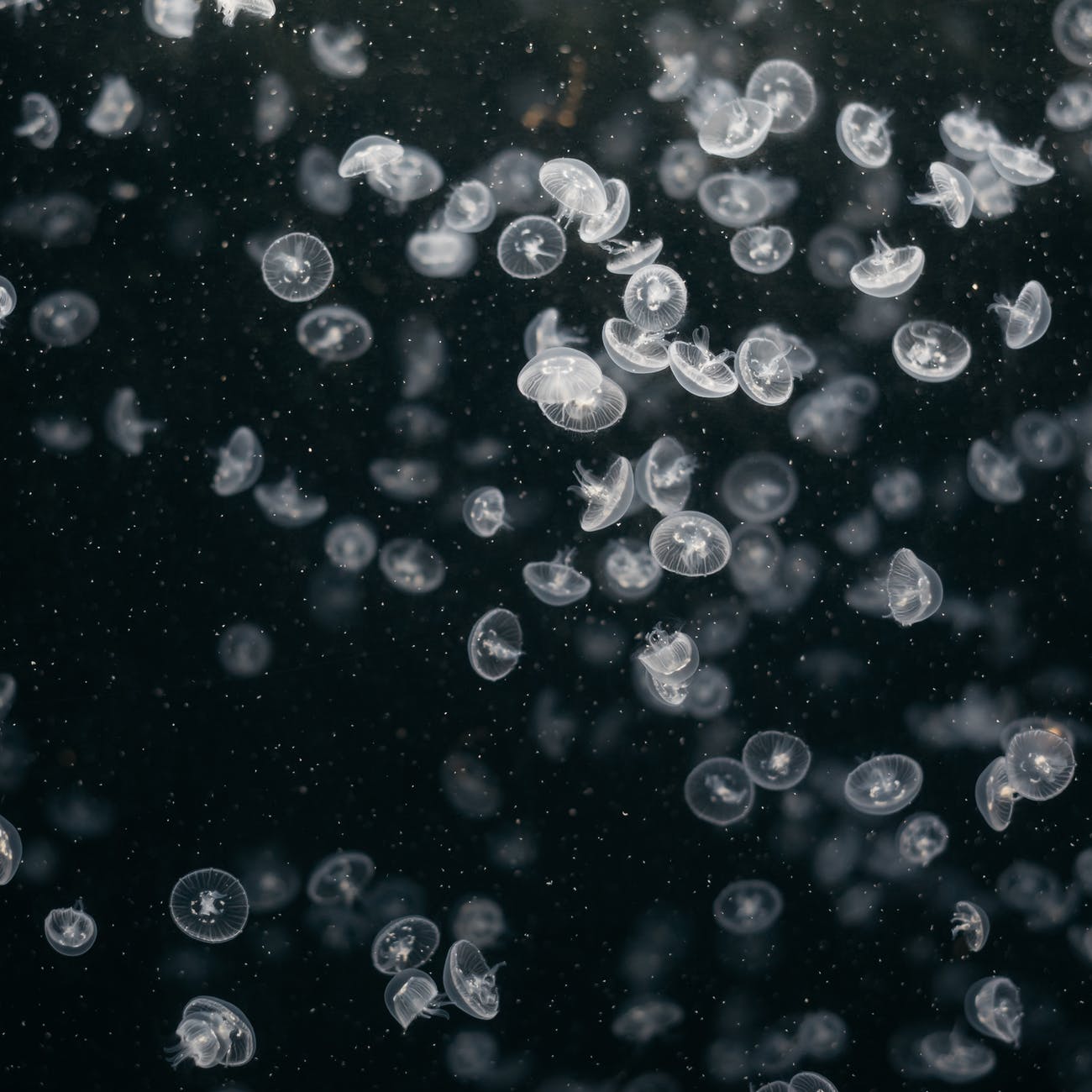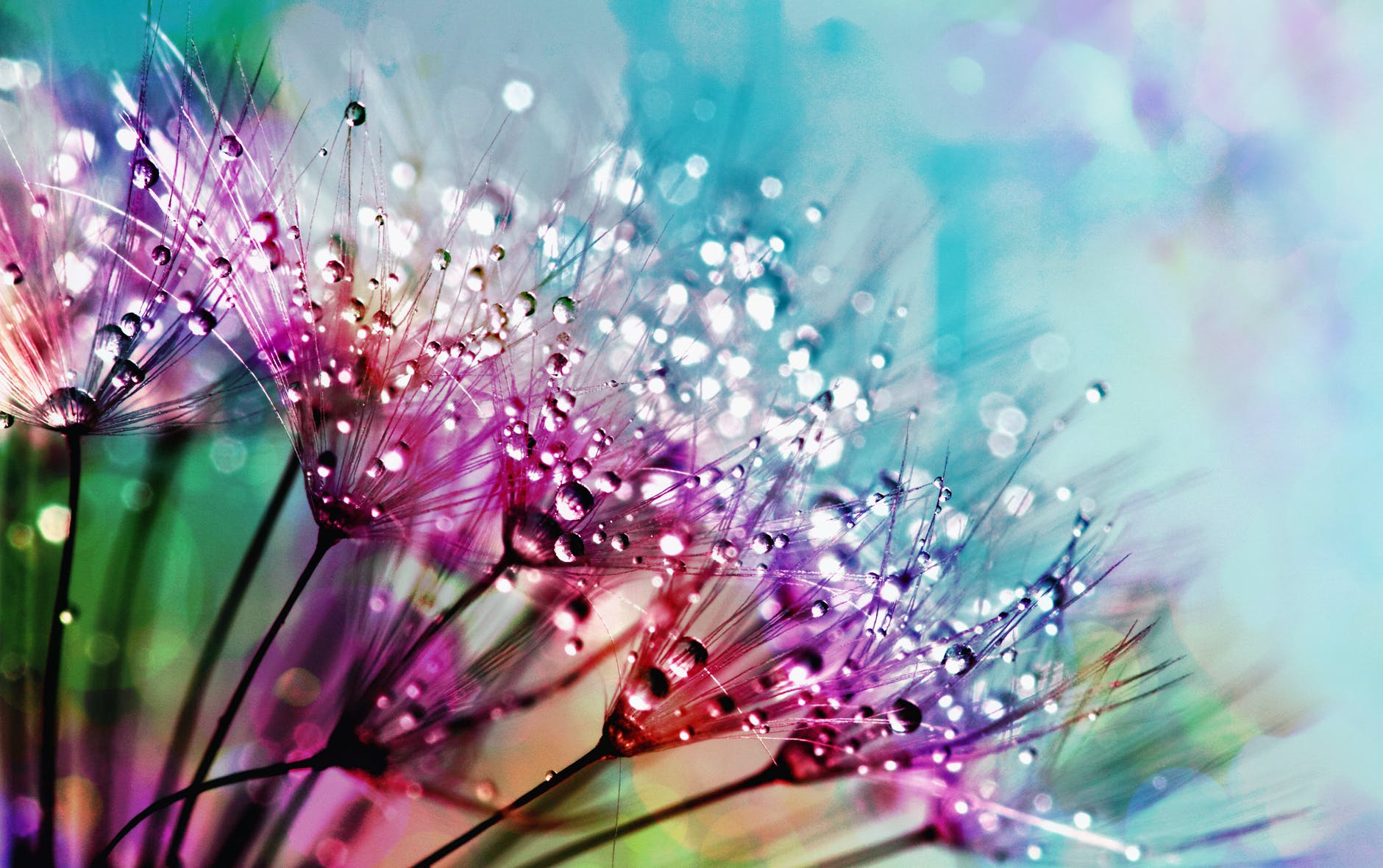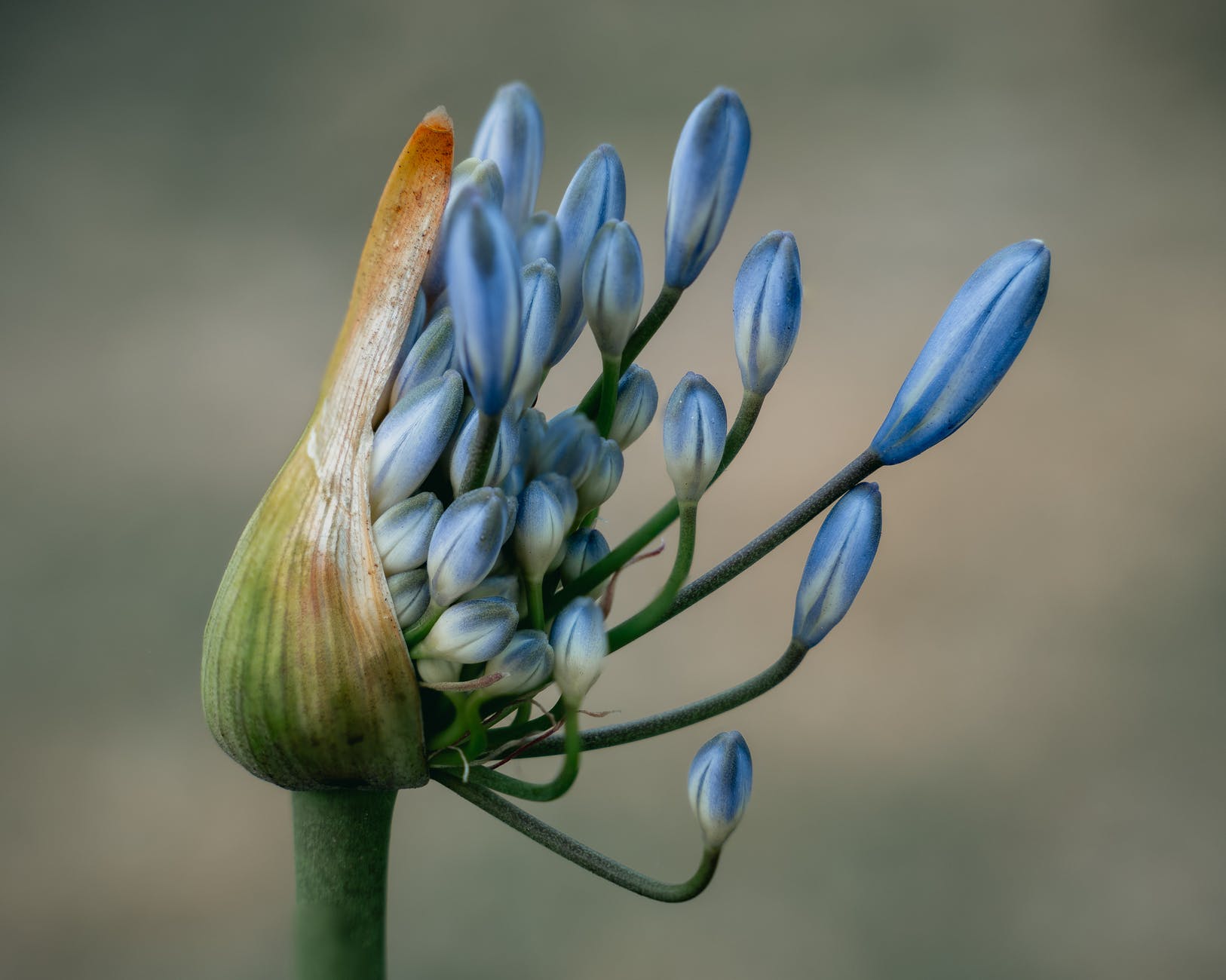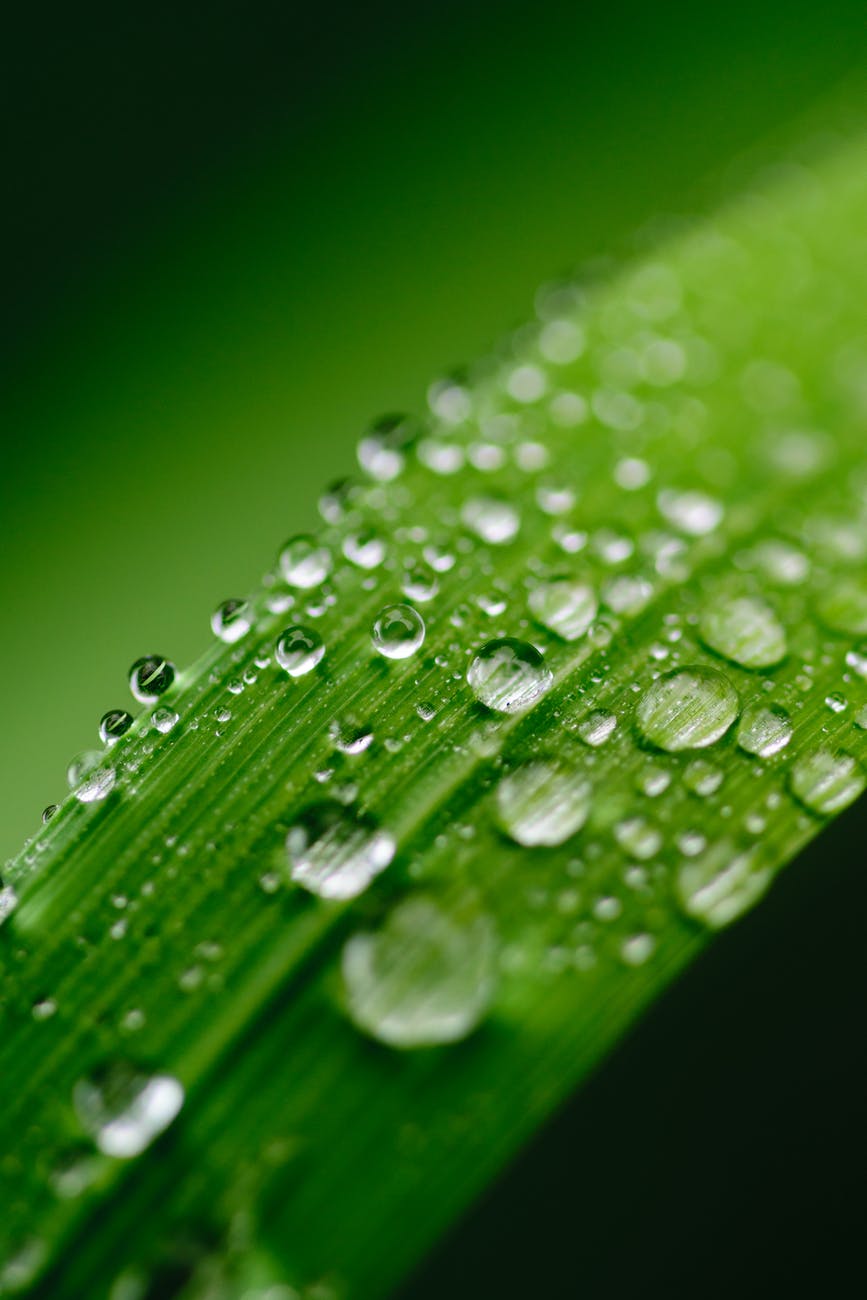




Introduction
Close-up photography is an intimate encounter. In my mind, an intimate encounter in photography continues to be an “in your face” experience. The world of close~up photography does serve up a bounty of texture filled images: feathers, human skin, animal fur, wood, rocks, sand, leaves, thorns, berries, broken glass, ice, frost and even pond scum. It is often the texture within a close~up photography that awakens our senses the most.
Best of all, close-up worlds are right where you are. You don’t have to wander long distances through time and space to find great subjects for close-up photography. Wherever you go, there you are; and there will certainly be something to focus your macro lens on.
All macros are close~ups, but close~ups from two or three feet away probably cannot be considered true macros, as they show more of the context of the photo.
What does Macro Mean?
The image below is an example of a true macro lenses which focus to a magnification ratio of 1:1. You can see the water drops. For more apparent sharpness, you should also attempt to position the camera so that it is as parallel as possible to the subject.

The word Macro is derived from the Greek word makros, meaning large or long. The magnification ratio describes the correspondence between an object and its actual size on the sensor. At 1:5, a capture renders an object as 1/5 of the corresponding dimensions of the object itself. At 1:1 the sensor rendering is exactly life size, and at 2:1 the digital image is twice as large as life.
A key issue is depth-of-field, the field in front of and behind a subject that is in focus. The closer you get to a subject, the shallower the depth-of-field, even with the lens stopped down to its smallest aperture. This means that as you get to a magnification ratio of 1:2 and closer, you need to use the shallow focus to your advantage by isolating particular aspects of your subject.

In the above image the photographer uses a telephoto macro lens to click the photo of a dragonfly without getting close enough to disturb the critter. Usually a telephoto macro will take you out of the range that is noticed by insects. In addition, using this kind of lens allowed me to isolate the dragonfly from its background.
 Xenvo Pro Lens Kit for iPhone, Samsung, Pixel, Macro and Wide Angle Lens with LED Light and Travel Case
Xenvo Pro Lens Kit for iPhone, Samsung, Pixel, Macro and Wide Angle Lens with LED Light and Travel Case
 Sigma 105mm F2.8 EX DG OS HSM Macro Lens for Canon SLR Camera
Sigma 105mm F2.8 EX DG OS HSM Macro Lens for Canon SLR Camera
World of Close~Up Photography
Besides my favourite subjects of water drops and flowers, some great things to explore with your camera and macro lens include insects, reflections, metallic surfaces, small marine animals in tide pools and much, much more.

In the above image of the insect the photographer at 1:2 or less magnification, can fully capture an insect such as the wasp shown above or show the context of your subject.

In contrast, at 2:1 or greater, viewers lose the sense of a coherent whole. In compensation, the tiny details of your subject are now huge (like the pistils in the flower shown in the above image). These details are seen as never before and can be the basis for startling photos.

When taking an extreme close-up, high depth-of-field water drop image, it’s difficult to see what the photo will look like from the camera viewfinder. Even the depth-of-field preview doesn’t tell me much, because at small apertures like f/40 with a bright sun, you can’t see much. The effects of sunlight on the water drops are unpredictable and the smallest amount of motion can ruin the photo.
Part of the problem here is that in bright sunlight it is hard to see it. Another issue is that at the LCD size, the difference between almost sharp and laser sharp isn’t readily apparent if the subject has moved slightly.
To combat these problems, look at close-up subjects directly—not through the viewfinder—and try to time your exposures when the subject is absolutely still.
Finding Macro Subjects
This childlike sense of wonder in the everyday—scrutiny of everything as though seeing it for the first time—is the best mindset for finding close-up subjects. Forget the way you normally see, look for details and try to see patterns and beauty in the apparently mundane.
I use to carry a macro lens and some other close-up gear in my everyday camera bag. Now with mobile phone lens attachment, like the Xenvo Pro Lens kit for Iphones is an easy way to capture your Marco world.
That way, if I encounter a great macro subject when I’m in the field, I’m ready for it. But I know that many of the best close-up photos are taken at home, in familiar surroundings, and not abroad. It’s one of the great things about close-ups: you don’t have to go far to see whole new worlds!
Take a look at the things on your desk. Many objects you look at everyday would make good close-up subjects. Pencils, paper clips and bits of paper are all grist for the macro mill.





Macro Lenses
Here are some of the macro lenses I use, with notes about what I like and don’t like about them. Even if you are not interested in any of these specific lenses, my notes may help you understand what may be important to you when shopping for a particular type of macro lens.
- 50mm f/2.8 DG macro D Sigma ~This is the shortest focal length macro lens I use; a neat feature about this lens is that the magnification ratio is clearly printed on the lens barrel so you can see it when you focus.
 Sigma 17-70mm F2.8-4 Contemporary DC Macro OS HSM Lens for Nikon
Sigma 17-70mm F2.8-4 Contemporary DC Macro OS HSM Lens for Nikon
- PC Micro-Nikkor 85mm f/2.8 D. This is a macro lens that allows some tilts and swings, so you can correct lines of perspective—much as you would with an old-fashioned view camera. It’s a completely manual lens, meaning that you first compose your photo and then manually use a button to close the diaphragm when you are ready to actually shoot your photo.
 Nikon PC-E FX Micro NIKKOR 85mm f/2.8D Fixed Zoom Lens for Nikon DSLR Cameras
Nikon PC-E FX Micro NIKKOR 85mm f/2.8D Fixed Zoom Lens for Nikon DSLR Cameras
Conclusion
There are as many worlds of close-up photography as there are objects to get close to. Almost anything you can think of looks different at different magnifications. Getting closer is a way to investigate. I am still learning and by no means even close to perfection and the list is far from a comprehensive, but hopeful it will bring you a little closer in honing your skills.
Disclaimer: All recommendations are impartial and based on user experience, with no bias to the products or the brand. The products in this post may contain affiliate links.